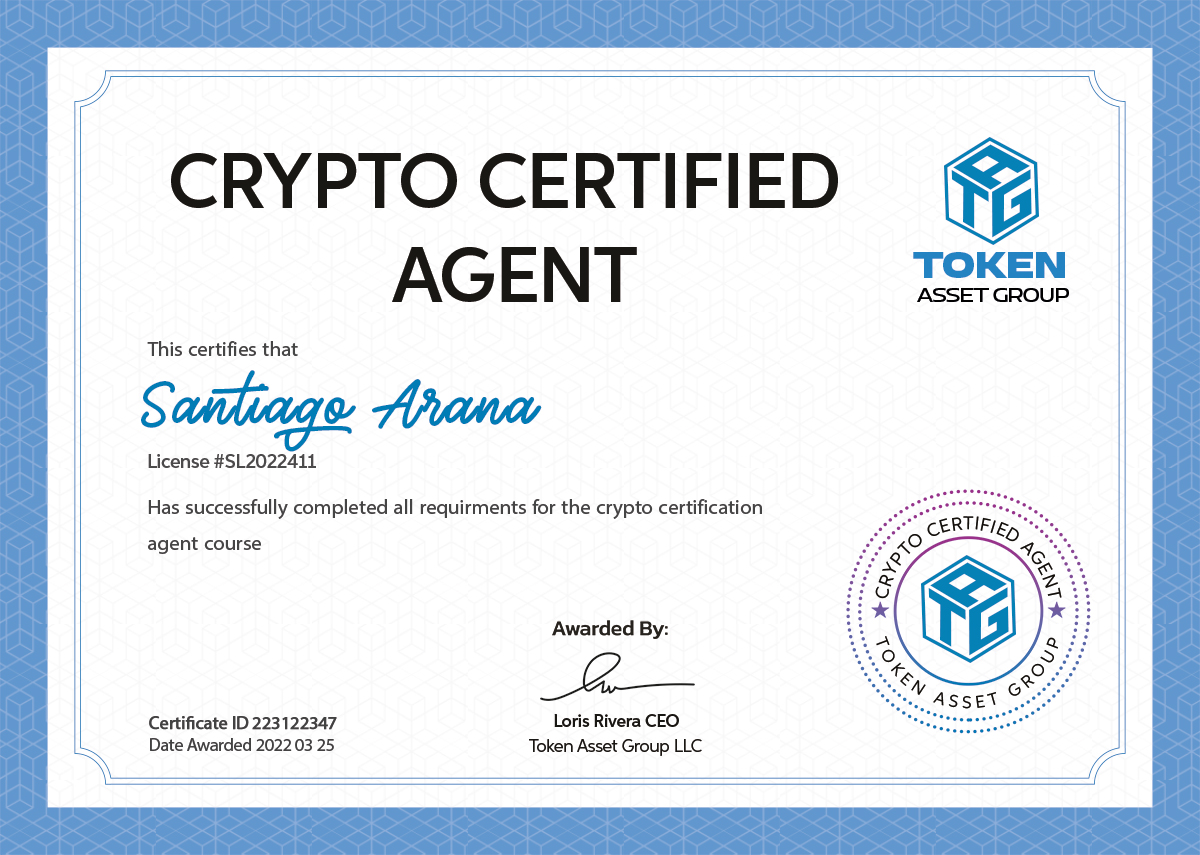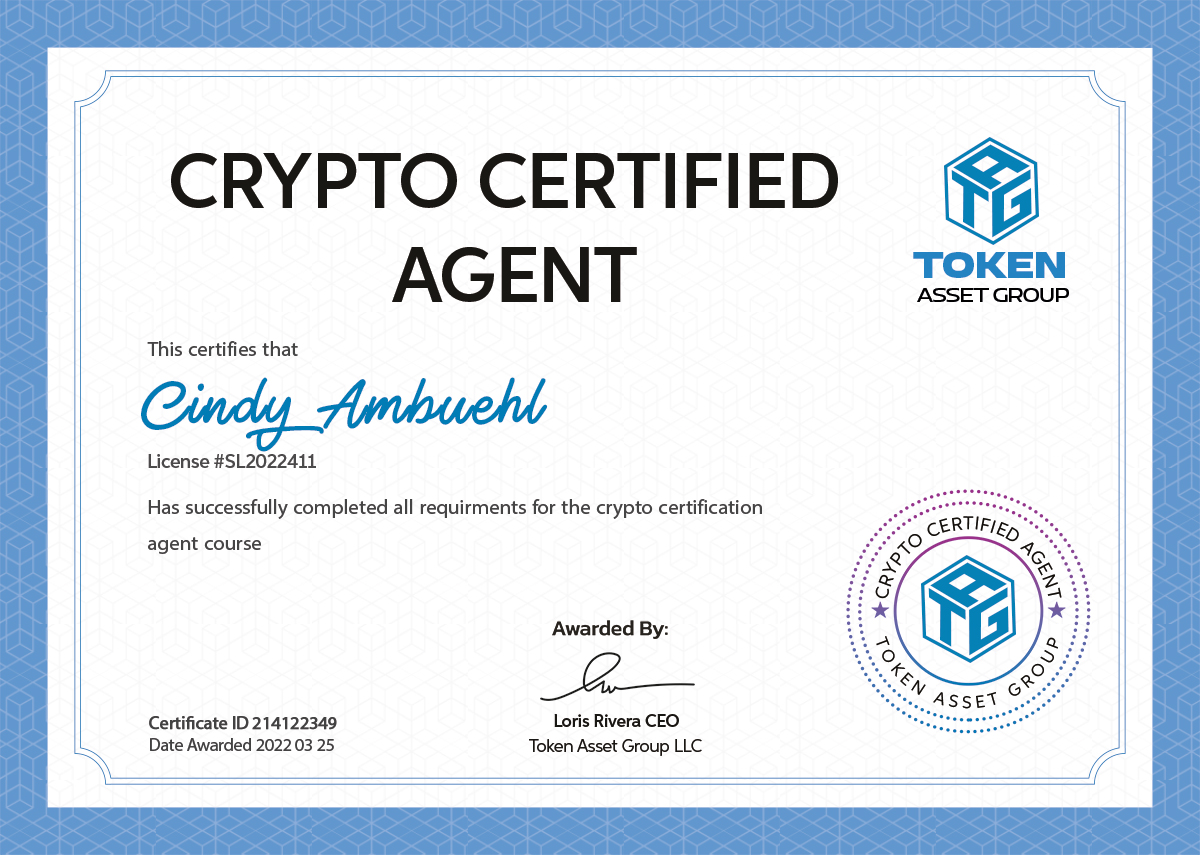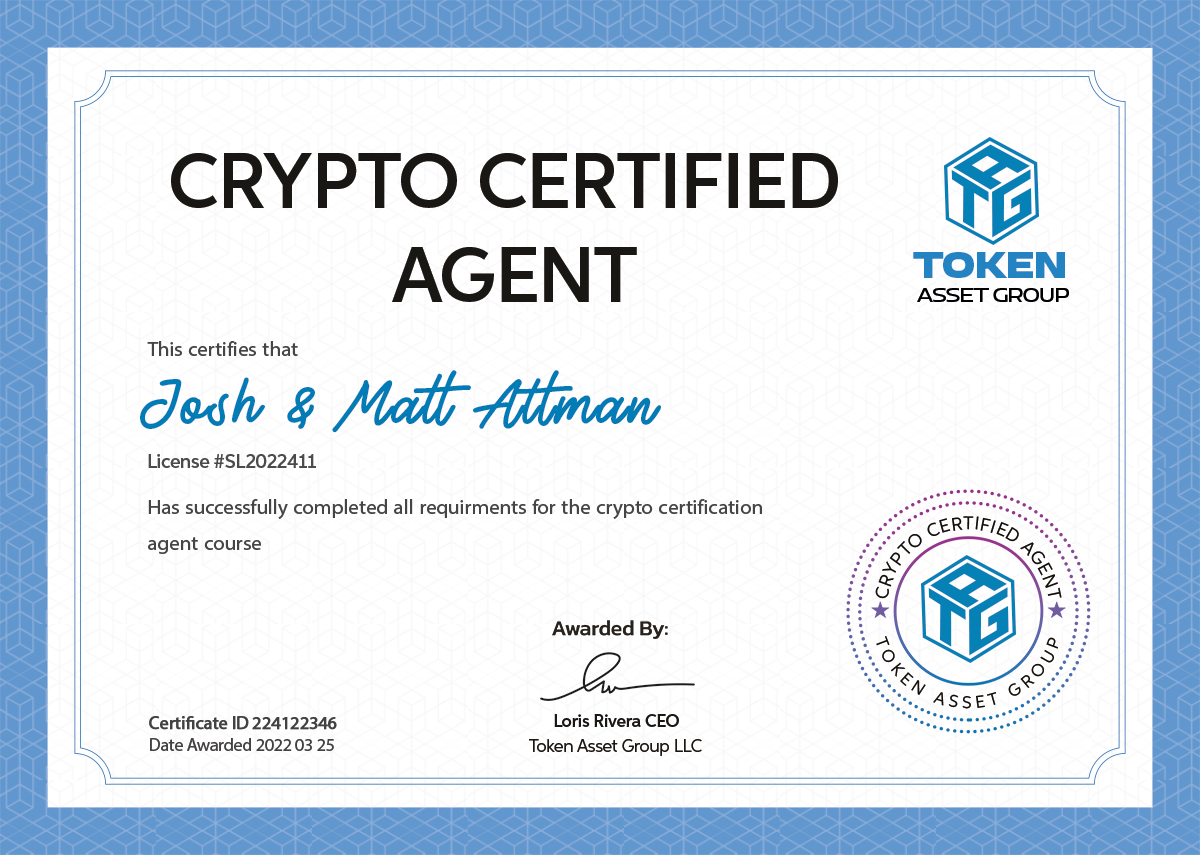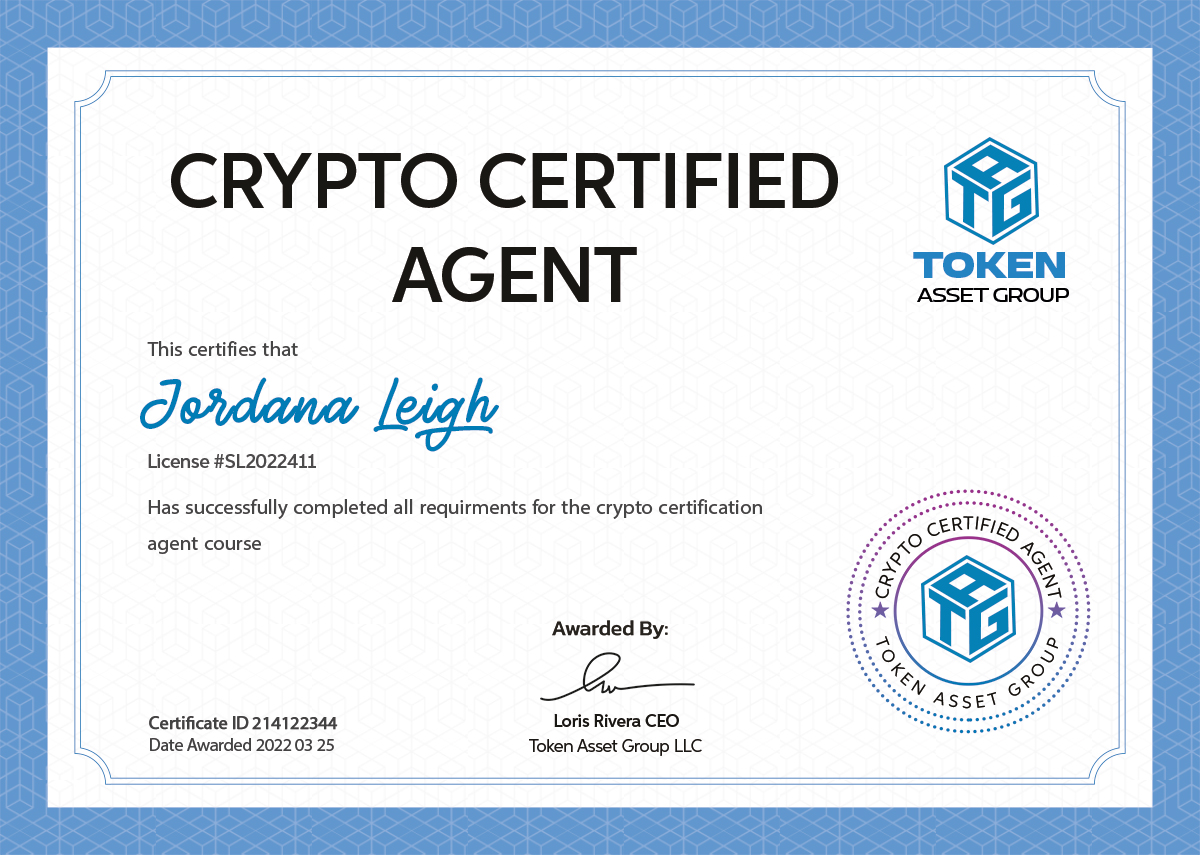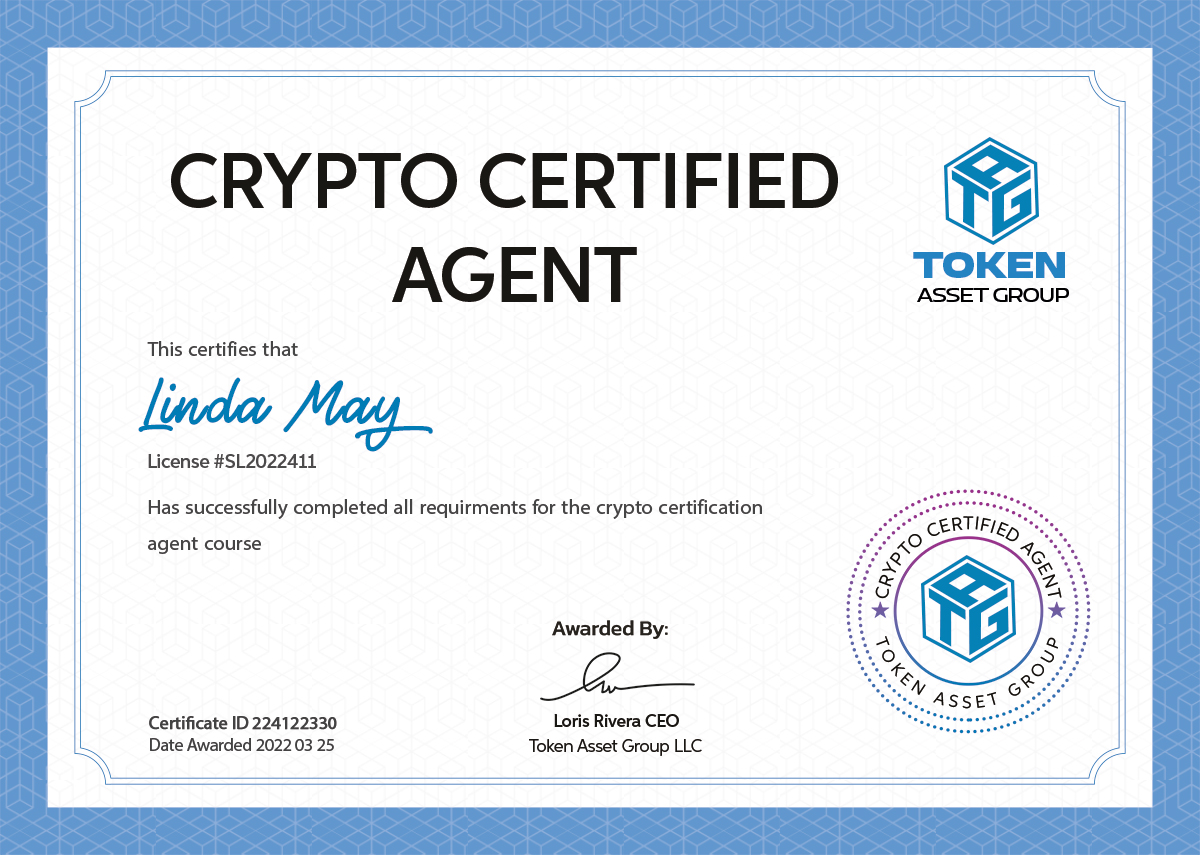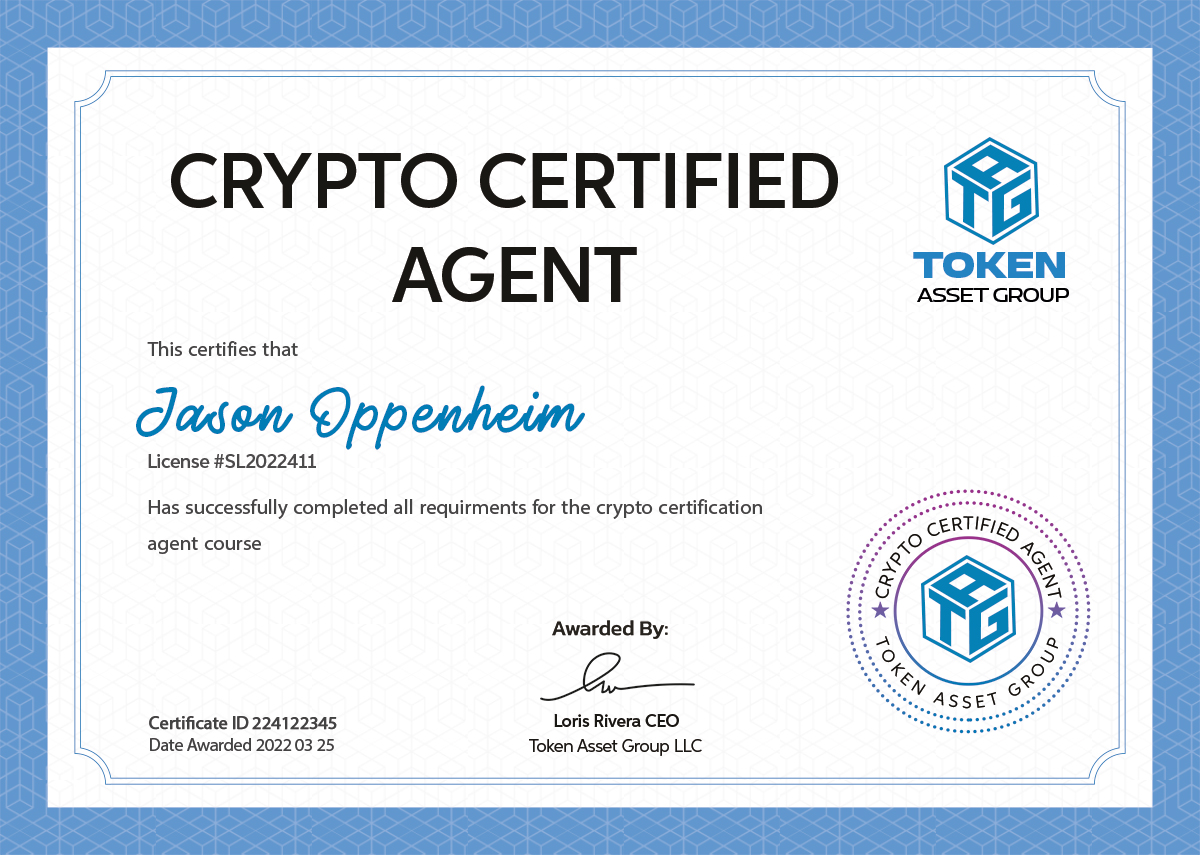With more than $340 million in sales, one of the Westside’s top brokers had to set aside the autobiography he’s been writing. “The market’s been on fire,” says Arana, who’s also two-for-two with his side hustle developing homes. He sold his first spec mansion to LeBron James in 2017 and in June sold another on Tigertail Road to heiress Petra Ecclestone for $23 million.
Introduction to Art Tokenization
One of the most promising applications of distributed ledger technologies (DLT) is the tokenization of assets. In this post we will outline the basic idea behind tokenization with a focus on art tokenization and its benefits.
Tokenization refers to act of creating a digital representation of a tangible or intangible asset on a distributed ledger such as the Ethereum blockchain. A token, which is Latin for symbol, represents then the ownership of an asset or the fraction of an asset. Tokens can represent anything from real estate to carbon credits to artworks.
Tokenizing an asset brings along the benefit of the underlying DLT. Since assets are represented as tokens on a blockchain, their ownership record is always up-to-date and cannot be tampered with, settlements are instant, and ownership is publicly and pseudo-anonymously stored on the blockchain. Further, similar to native tokens such as Bitcoin and Ethereum, these asset tokens can be traded 24/7/365.
Increase Liquidity of Assets
For investors, tokenization enables and simplifies secondary markets trading (Opensea). If we continue with the example of the Picasso painting, an investor usually must invest quite some time and resources until he finds a suitable buyer to make his holdings liquid again. With the tokenized artwork, an investor can easily sell his share of the Picasso on a secondary marketplace such as Opensea and already make his investment liquid prior to a final sale of the artwork. This offers great flexibility for investors and decreases the holding period of artworks that usually would be several years.


